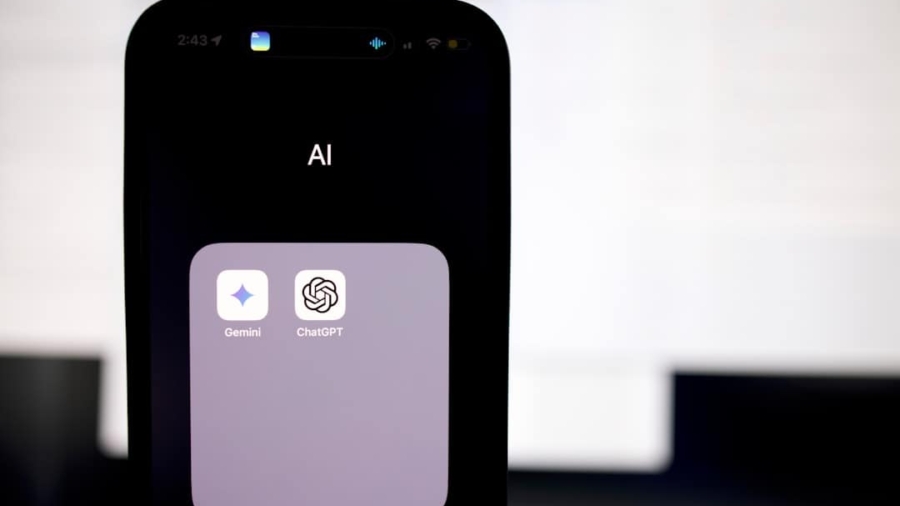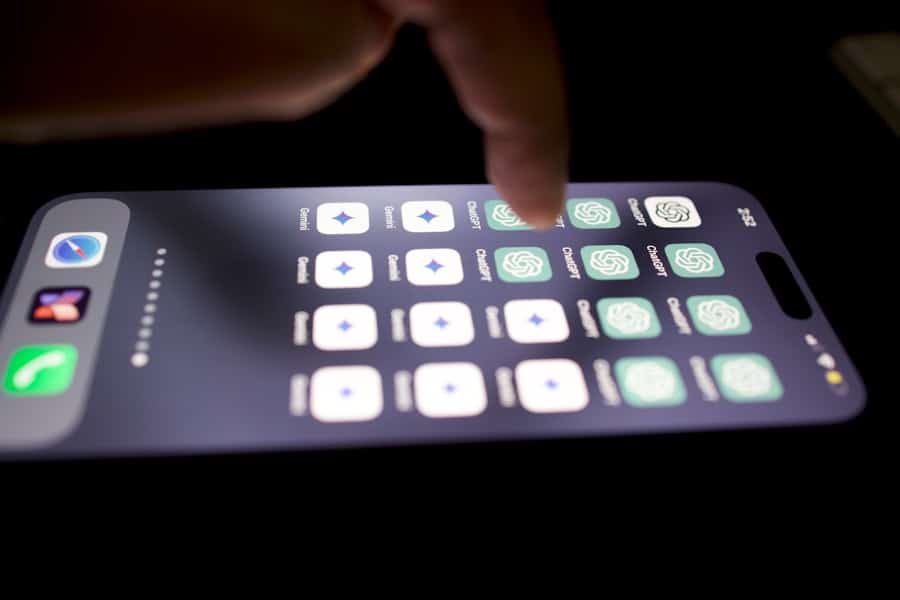The advent of drone technology has revolutionized various industries, from aerial photography to agriculture and surveillance.
One of the most exciting developments in this field is the integration of gesture controls, which allows users to navigate drones using simple hand movements.
This innovative approach not only enhances the user experience but also opens up new possibilities for interaction with these flying machines. Gesture controls leverage sensors and cameras to interpret human movements, translating them into commands that the drone can understand and execute. Gesture controls represent a significant shift from traditional piloting methods, which often require complex remote controls or mobile applications.
By utilizing natural movements, such as waving a hand or pointing in a specific direction, users can engage with drones in a more intuitive manner. This technology is particularly appealing to those who may not have prior experience with drone operation, as it reduces the barrier to entry and makes flying more accessible. As gesture recognition technology continues to advance, the potential applications for drones controlled by gestures are expanding, promising a future where flying a drone could be as simple as moving one’s hands.
Key Takeaways
- Gesture controls allow users to pilot drones using hand movements and gestures, eliminating the need for traditional remote controllers.
- Using gesture controls for drone navigation provides benefits such as intuitive and natural interaction, hands-free operation, and the ability to capture unique and creative shots.
- Understanding the basics of gesture controls for drone piloting involves learning the different hand gestures and movements that correspond to specific commands and maneuvers.
- Gesture controls simplify the learning curve for beginners by providing a more accessible and user-friendly way to pilot drones, without the need for extensive training or experience.
- Tips for using gesture controls effectively for drone navigation include practicing in an open and obstacle-free area, maintaining clear and deliberate gestures, and staying aware of the drone’s surroundings at all times.
The Benefits of Using Gesture Controls for Drone Navigation
One of the primary advantages of gesture controls is the enhanced user experience they provide. Traditional drone piloting often involves navigating through complex menus and mastering intricate control schemes, which can be daunting for newcomers. In contrast, gesture controls simplify this process by allowing users to perform actions with natural movements.
For instance, a simple wave of the hand can signal the drone to take off or land, while pointing can direct it to fly in a specific direction. This intuitive interaction fosters a more engaging and enjoyable experience, making it easier for users to focus on capturing stunning aerial footage or exploring new environments. Moreover, gesture controls can significantly improve safety during drone operation.
With traditional controls, users may become distracted or overwhelmed by the multitude of buttons and switches, leading to potential accidents or crashes. Gesture-based navigation minimizes this risk by allowing pilots to maintain their attention on the drone and its surroundings. For example, if a drone is approaching an obstacle, a quick hand gesture can redirect it away from danger without the need for complicated maneuvers.
This increased situational awareness not only enhances safety but also instills confidence in users, encouraging them to experiment with their drones in various settings.
Understanding the Basics of Gesture Controls for Drone Piloting
At the core of gesture control technology is a combination of sensors and software that work together to interpret human movements. Most gesture-controlled drones are equipped with cameras and infrared sensors that track the position and motion of a user’s hands. These devices analyze the data in real-time, translating specific gestures into commands that the drone can execute.
For instance, raising a hand might signal the drone to ascend, while moving it sideways could instruct the drone to fly laterally. Understanding these basic principles is essential for anyone looking to master gesture controls in drone piloting. The effectiveness of gesture controls relies heavily on the precision of the sensors and the algorithms used to interpret movements.
Advanced machine learning techniques are often employed to improve recognition accuracy, allowing drones to distinguish between different gestures even in varying lighting conditions or backgrounds. Users typically begin by familiarizing themselves with a set of predefined gestures that correspond to specific commands. As they gain confidence and experience, they may discover additional gestures or combinations that enhance their control over the drone.
This foundational knowledge is crucial for maximizing the potential of gesture-based navigation.
How Gesture Controls Simplify the Learning Curve for Beginners
For many aspiring drone pilots, the steep learning curve associated with traditional controls can be a significant barrier to entry. Gesture controls offer a more approachable alternative, enabling beginners to grasp the fundamentals of drone operation quickly. By eliminating the need for extensive training on complex remote control systems, users can focus on developing their flying skills and understanding how to maneuver their drones effectively.
This streamlined learning process is particularly beneficial for individuals who may feel intimidated by technology or lack prior experience with remote-controlled devices. Additionally, gesture controls promote a more hands-on approach to learning. As users engage with their drones through physical movements, they develop a better understanding of how different gestures affect flight behavior.
This kinesthetic learning style can be particularly effective for visual and tactile learners who may struggle with abstract concepts presented through traditional instruction methods. As beginners practice their gestures in real-time, they gain immediate feedback on their actions, allowing them to refine their techniques and build confidence in their abilities.
Tips for Using Gesture Controls Effectively for Drone Navigation
To maximize the effectiveness of gesture controls when navigating drones, users should consider several practical tips. First and foremost, it is essential to maintain a clear line of sight between the user and the drone. Obstructions can interfere with sensor readings and hinder accurate gesture recognition.
Pilots should also be mindful of their surroundings, ensuring that they have ample space to perform gestures without risking collisions with obstacles or other people. Another important aspect is consistency in gesture execution.
For example, when signaling for ascent or descent, a smooth upward or downward motion will yield better results than erratic or abrupt gestures. Additionally, users should familiarize themselves with the specific gestures associated with their drone model, as different manufacturers may implement unique control schemes. Regular practice will help reinforce muscle memory and improve overall proficiency in using gesture controls.
Common Mistakes to Avoid When Using Gesture Controls for Drones
Environmental Factors Affecting Gesture Recognition
While gesture controls offer an intuitive way to navigate drones, there are common pitfalls that users should be aware of to avoid frustration and mishaps. One frequent mistake is underestimating the importance of environmental factors on gesture recognition. For instance, poor lighting conditions or reflective surfaces can disrupt sensor performance, leading to misinterpretation of gestures.
Optimizing Operating Conditions
Users should ensure they are operating in well-lit areas and avoid backgrounds that may confuse the sensors. This will help to minimize errors and ensure a smoother flying experience.
Understanding Latency in Gesture Recognition
Another common error is failing to account for latency in gesture recognition systems. There may be a slight delay between executing a gesture and the drone responding to it. New users might become impatient or make erratic movements if they do not see immediate results from their gestures. It is crucial for pilots to remain calm and patient while learning how their specific drone responds to commands.
Advanced Techniques for Mastering Gesture Controls for Drone Piloting
Once users have become comfortable with basic gesture controls, they can explore advanced techniques that enhance their piloting skills further. One such technique involves combining multiple gestures into sequences that allow for more complex maneuvers. For example, a user might perform a series of gestures that instruct the drone to ascend while rotating simultaneously or executing a barrel roll.
Mastering these combinations requires practice but can lead to impressive aerial displays and more dynamic footage. Another advanced technique involves utilizing gestures for specific tasks beyond basic navigation. For instance, some drones equipped with advanced cameras allow users to initiate photo or video capture through designated hand signals.
By integrating these functionalities into their flying routines, pilots can streamline their workflow and capture stunning visuals without needing additional equipment or remote controls. Experimenting with these advanced techniques not only enhances creativity but also deepens users’ understanding of their drones’ capabilities.
The Future of Gesture Controls in Drone Technology
As technology continues to evolve at an unprecedented pace, the future of gesture controls in drone technology looks promising. Ongoing advancements in artificial intelligence and machine learning are expected to enhance gesture recognition systems further, making them more responsive and accurate than ever before. This could lead to even more intuitive interactions between users and drones, allowing for seamless control in various environments and conditions.
Moreover, as gesture control technology becomes more widespread, we may see its integration into various applications beyond recreational flying. Industries such as search and rescue, agriculture, and infrastructure inspection could benefit significantly from enhanced gesture-based navigation systems that allow operators to control drones efficiently while maintaining situational awareness. The potential for collaboration between humans and drones through gesture controls could redefine how we interact with these machines in both personal and professional contexts, paving the way for innovative solutions across multiple sectors.
In conclusion, gesture controls represent a transformative advancement in drone technology that enhances user experience and accessibility while simplifying navigation for beginners. As this technology continues to develop, it holds great promise for shaping the future of how we operate drones across various applications.
If you’re interested in exploring the latest technology trends, you may also want to check out this article on smartwatches. Just like gesture controls simplify drone navigation, smartwatches offer a convenient and hands-free way to access information and stay connected on the go. Whether you’re a tech enthusiast or simply looking for ways to streamline your daily tasks, smartwatches can be a valuable addition to your tech arsenal.
FAQs
What are gesture controls for drones?
Gesture controls for drones are a method of controlling the movement and navigation of a drone using hand gestures and body movements, rather than a traditional remote control.
How do gesture controls simplify drone navigation for beginners?
Gesture controls simplify drone navigation for beginners by providing a more intuitive and natural way to control the drone, eliminating the need to learn how to use a complex remote control.
What are the benefits of using gesture controls for drone navigation?
Some benefits of using gesture controls for drone navigation include ease of use for beginners, the ability to capture unique and dynamic shots, and the convenience of not needing to carry around a traditional remote control.
Are there any limitations to using gesture controls for drone navigation?
Some limitations of using gesture controls for drone navigation include the potential for limited range and accuracy compared to traditional remote controls, as well as the need for the drone to have specific gesture control capabilities.
What are some popular drones that offer gesture control capabilities?
Popular drones that offer gesture control capabilities include the DJI Mavic Air, DJI Spark, and the Skydio 2. These drones are known for their advanced gesture control features and user-friendly interfaces.



